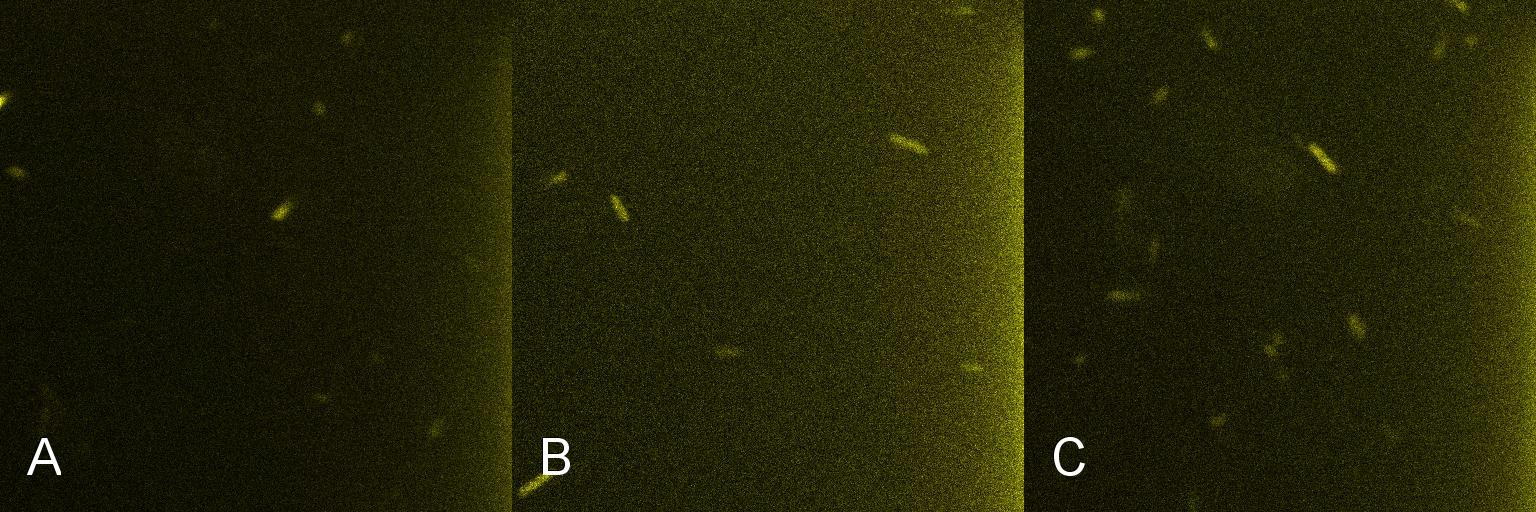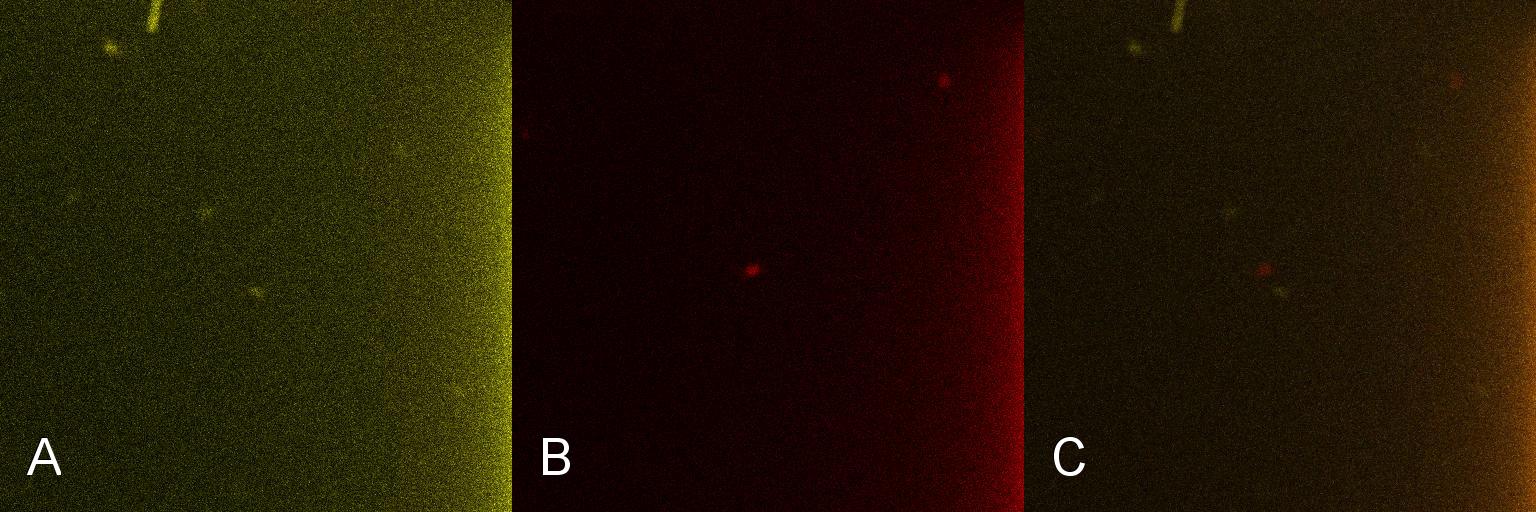Team:WITS-South Africa/Machine Design
From 2010.igem.org

Contents |
Lacto-detect
Purpose:
a) To act as the ‘Detector’ Machine within the population and produce the quorum signalling peptide in response to an input signal
So how did we end up selecting the final parts of our Machines? Each one was chosen after much consideration and scouring of the literature to select the most suitable biological system. For a design rationale of why we selected the parts that we did to create this machine, click here
For an account of how we assemblied and verified Lacto-detect, click here
Lacto-report
For a design rationale of why we selected the parts that we did to create this machine, click here
We were not able to finish constructing Lacto-report in it's entirety, due to time constraints and issues with the E.chromi Biobrick parts. (For more details, click here.)
For testing and characterising the behaviour of the quorum sensing mechanism in a model Gram-positive bacillus, we used an intermediate machine construct we dubbed Lacto-
Lacto-test
Purpose:
a) To show that the PlcR promoter is activated in L. gasseri by measuring fluorescence after the addition of exogenous PlcR and PapR proteins
Machine Testing
A culture of 2ml of E. coli-containing Lacto-detect was grown overnight at 37^{o}C and then transfered to 25 ml of ampicillin LB broth. This innoculent was grown at 37^{0}C in a shaking incubator for 2.5 hours so as to ensure that the bacteria were in their exponential growth phase. A baseline reading was taken at this point (tile A), after which 10% 1mM IPTG was added and then returned to the shaking incubator. An aliquot was then imaged after 30min (tile B) and again after 1 hour (tile C). All aliquots used in imaging were 100 ul.

Once the induction of Lacto-detect had reached an appreciable level, it was added to an aliquot of B. subtilis containing a construct driven by the PlcR promoter. Baseline images of both Lacto-detect (tile A) and the B. subtilis population (tile B) are given as well as a combined baseline image (tile C).

 "
"


